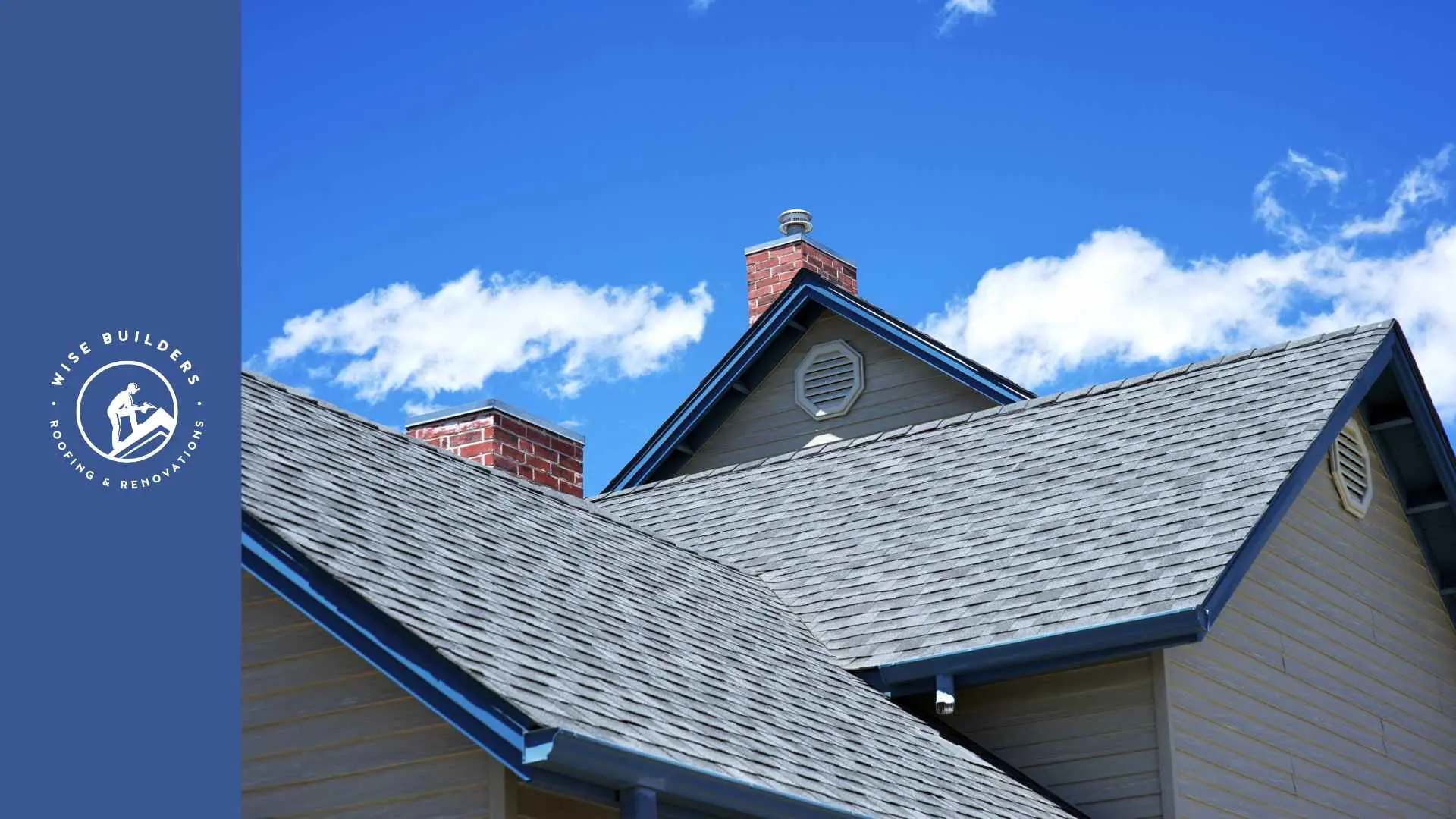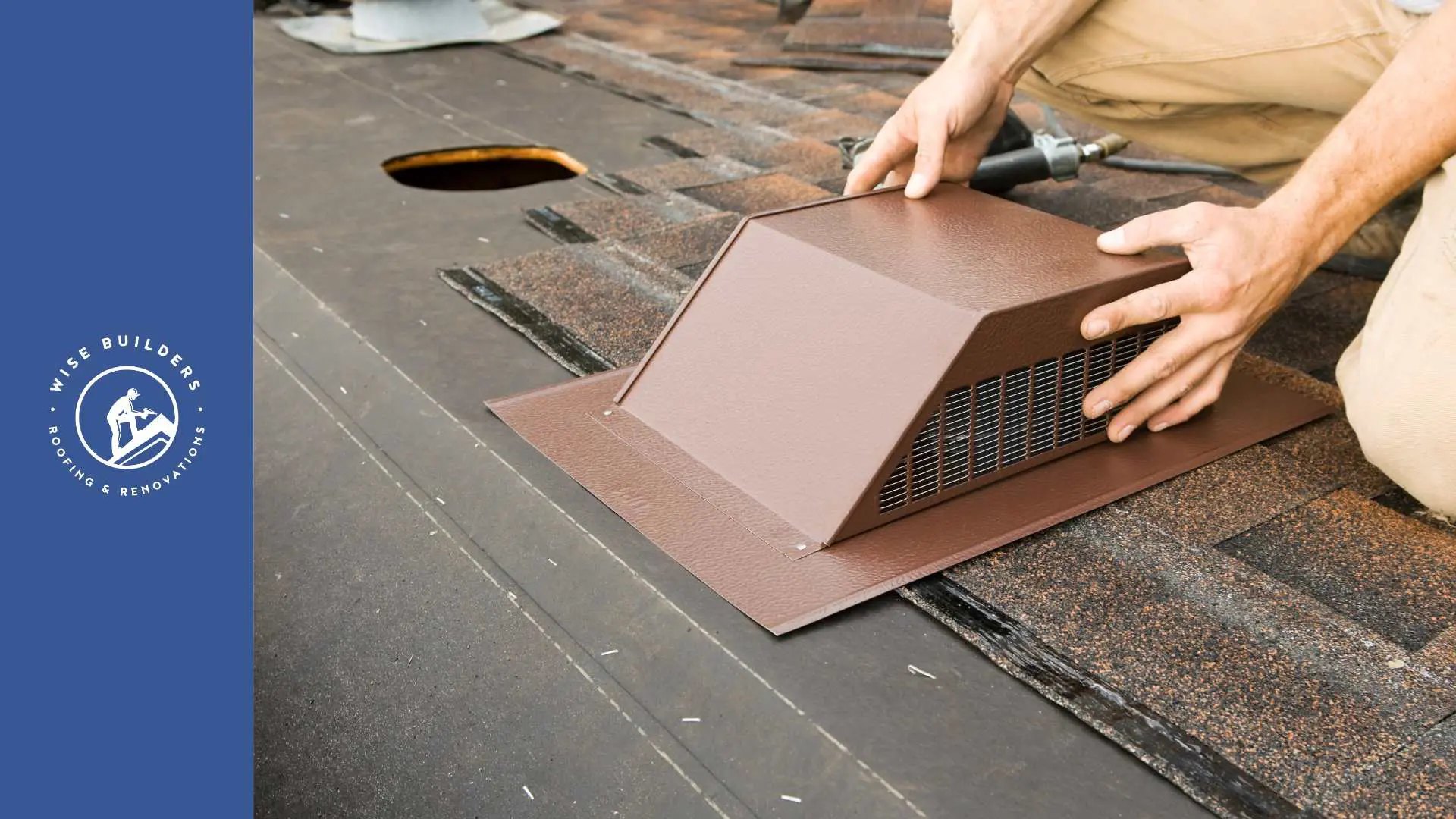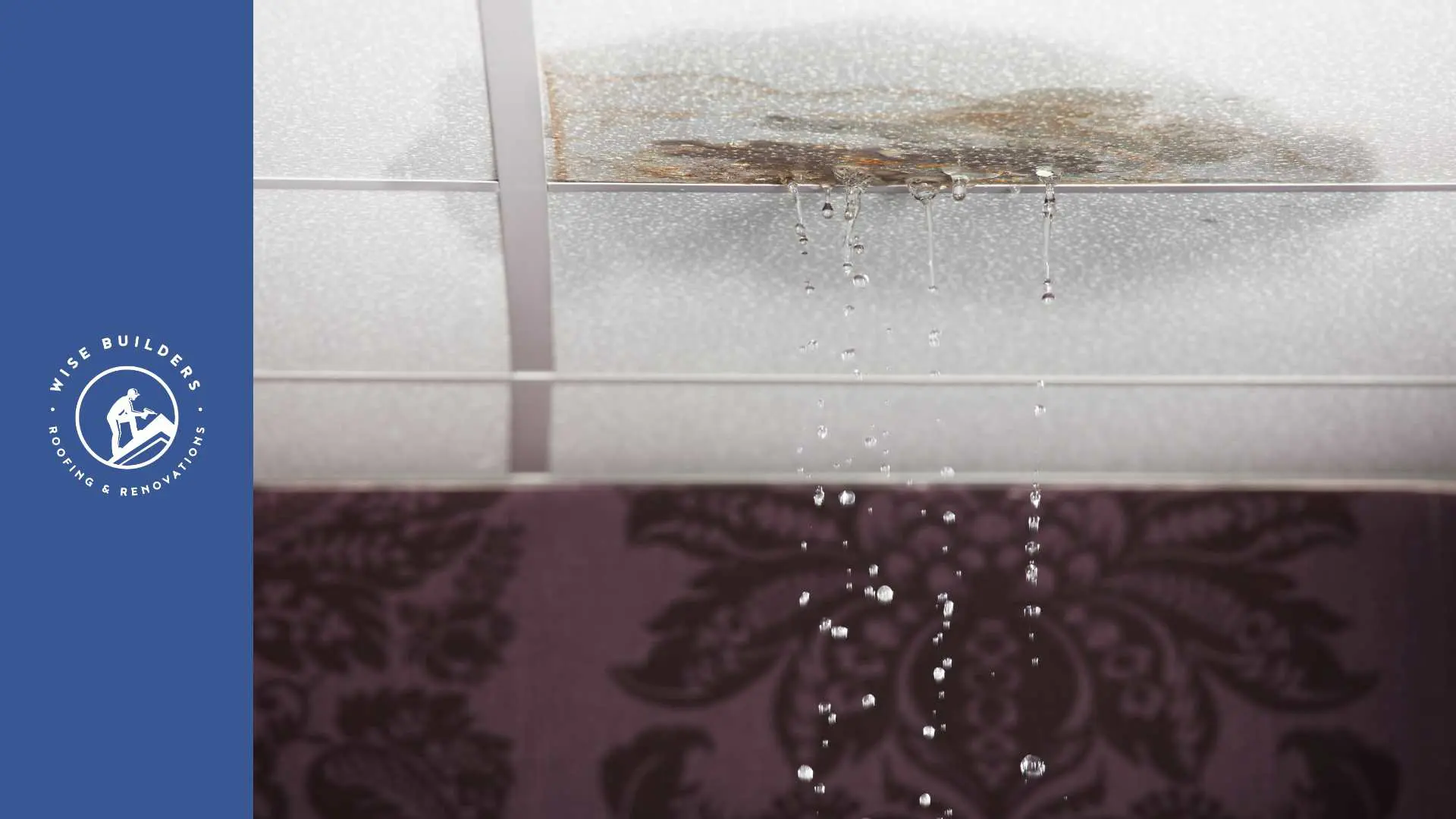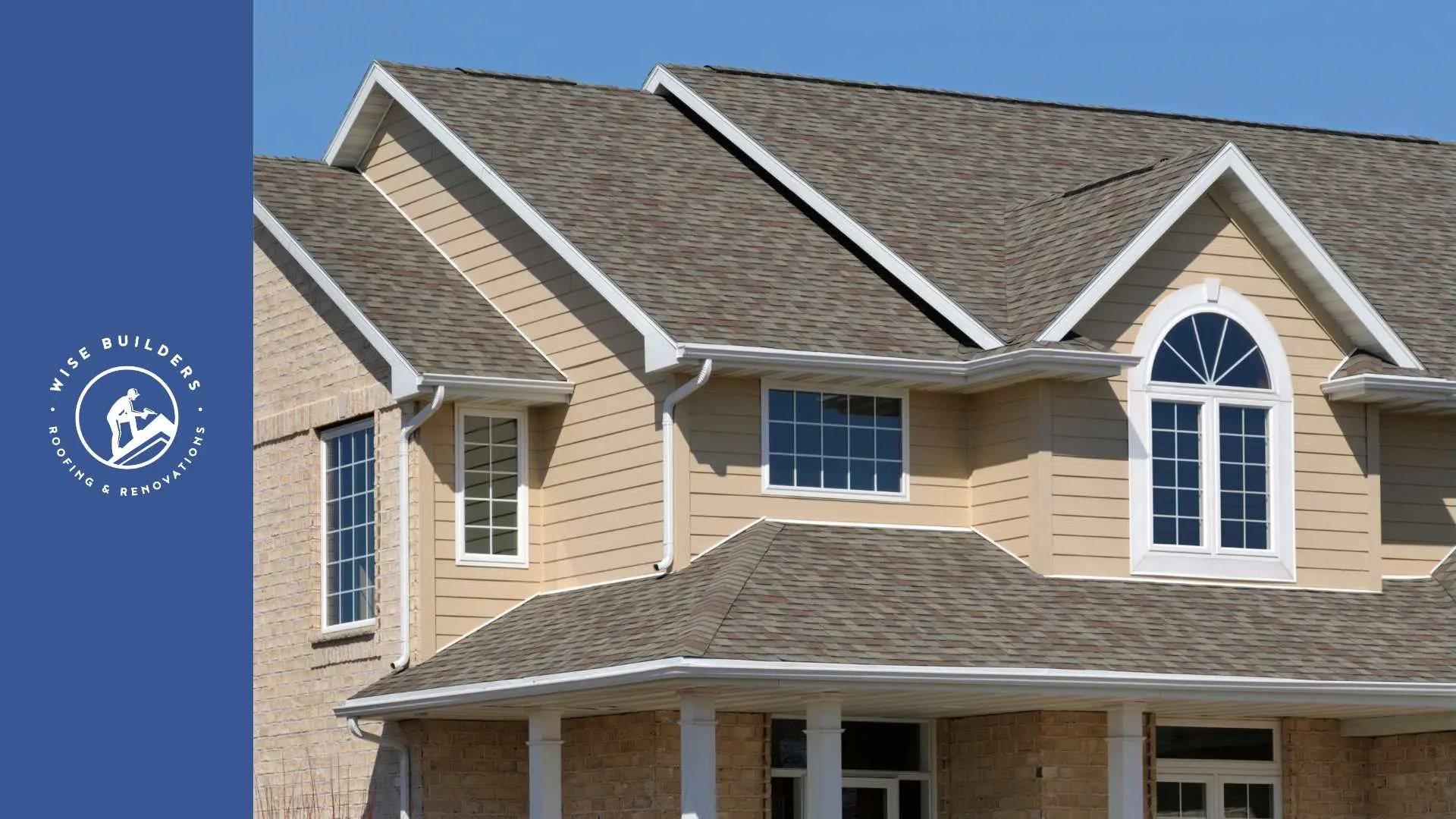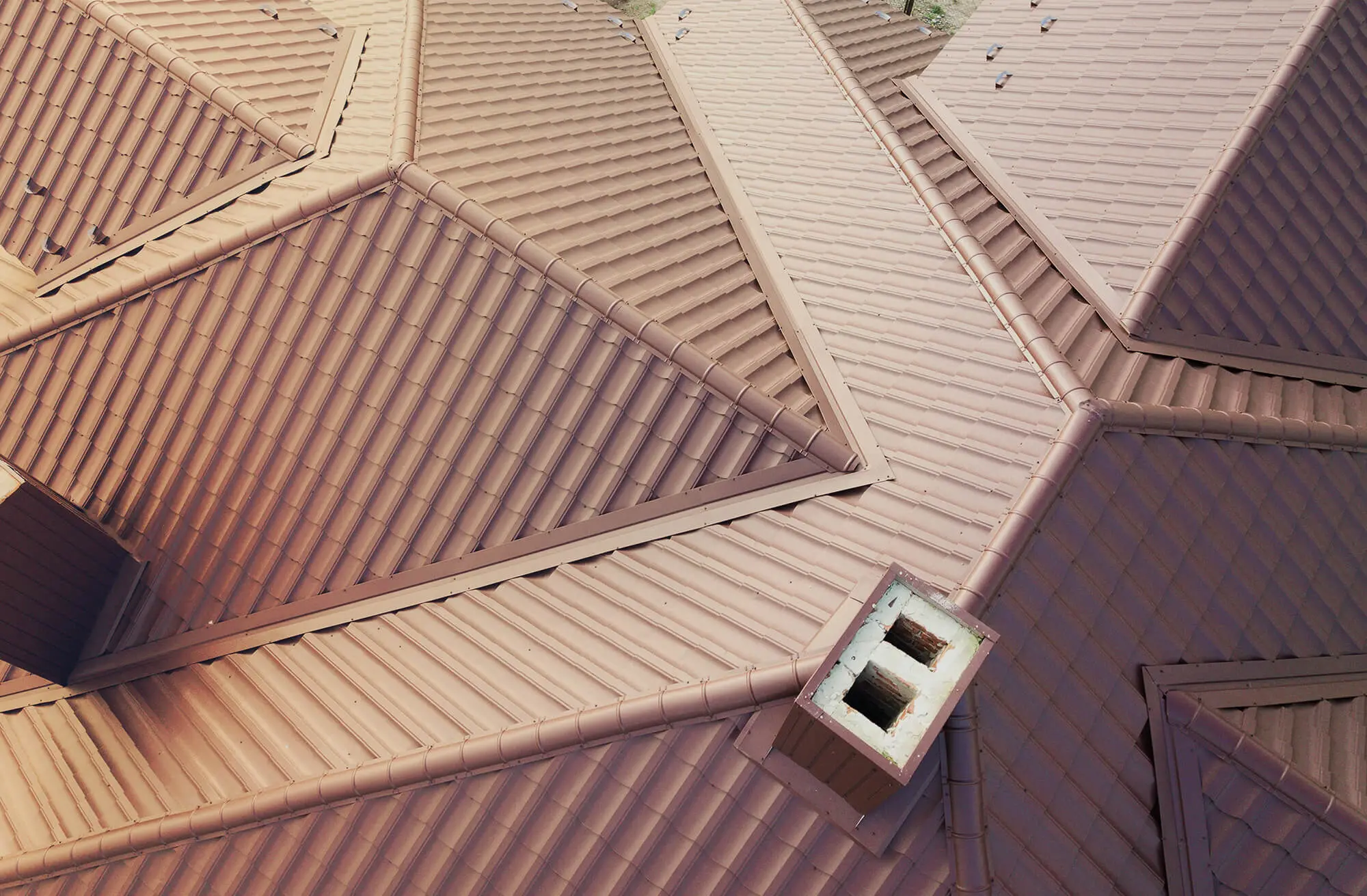Understanding the significance of roof insulation is paramount for homeowners and builders alike. This component of construction is not just about maintaining comfortable indoor and exterior temperatures; it’s a comprehensive solution that impacts energy efficiency, structural integrity, and the overall living environment. In this detailed exploration, we delve into the multifaceted benefits of roof insulation, underscoring its importance in contemporary construction practices.
Signs Your Roof Needs Insulation
As temperatures fluctuate and energy costs rise, recognizing the signs that your roof requires insulation becomes crucial. Homeowners should be vigilant for indicators such as uneven indoor temperatures, particularly in upper rooms, or visible ice dams forming on vertical walls eaves during winter. Increased energy bills may suggest heat loss or gain through the attic space, especially if there are blocked vents. Additionally, if you notice excessive noise from outside or condensation forming on interior surfaces, these could be red flags signaling inadequate insulation. Addressing these concerns promptly not only enhances comfort but also prolongs the lifespan of your roofing system.
Factors to Consider When Choosing Roof Insulation
When selecting roof insulation, several essential factors come into play. Firstly, the type of appropriate insulation material is crucial. Options range from fiberglass batts and foam boards to spray foam and cellulose, each offering distinct advantages in terms of thermal resistance, cost, and moisture resistance, installation complexity. Next, consider the R-value, which measures an insulation material’s effectiveness at resisting heat flow. A higher R-value indicates better insulating properties and can lead to significant energy savings over time. Ventilation is another critical aspect to assess.
Enhanced Energy Efficiency
One of the primary functions of roof insulation is to reduce energy consumption. By creating a barrier against heat transfer, insulation ensures that the heating or cooling efforts inside the building are not wasted. This thermal resistance slows down the movement of heat, keeping interiors warmer in winter and cooler in summer. The result is a significant reduction in the demand on heating and cooling systems, leading to lower energy bills and a smaller carbon footprint.
Improved Comfort Levels
Comfort in a building is directly influenced by its ability to maintain consistent indoor temperatures. Roof insulation plays a critical role in this aspect by minimizing the effects of external temperature fluctuations, often requiring an inch of insulation on the roof deck to effectively eliminate cold spots and overheating. This contributes to a more comfortable and stable indoor environment year-round.
Condensation Control
Condensation can be a serious issue in buildings, leading to mold growth, water damage, and a decrease in indoor air quality. Flat roof insulation helps in regulating the temperature of the roofing materials, preventing the formation of condensation by ensuring that the internal surface of the roof does not reach dew point temperatures where moisture in the air turns into liquid.
Enhanced Structural Durability
Moisture is a leading cause of deterioration in building materials. By preventing condensation and reducing the potential for moisture accumulation, roof insulation contributes to the longevity of the roofing structure and the building as a whole. This protection against moisture-related decay is crucial for maintaining the structural integrity of the property.

Noise Reduction
Roof insulation also serves as an effective soundproofing barrier, reducing the impact of external noise. Whether it’s traffic, airplanes, or nature, insulation helps in dampening these sounds, leading to a quieter and more serene indoor environment. This acoustic benefit is particularly valuable in urban areas or regions prone to heavy storms.
Fire Resistance
Many modern insulation materials offer the added benefit of being fire-resistant. This feature can significantly slow the spread of fire, providing occupants more time to evacuate in the event of an emergency. It’s a critical consideration in building safety that underscores the multifunctional role of roof insulation.
Economic Value
Investing in quality roof insulation can enhance the overall value of a property. Not only does it reduce operational costs by improving energy efficiency, but it also addresses a range of environmental, health, and safety concerns. This comprehensive approach to building performance makes insulated properties more attractive to buyers, potentially increasing resale value.
Cost Considerations of Roof Insulation
When contemplating roof insulation, it’s essential to weigh the cost considerations carefully. While the initial investment may seem significant, the long-term benefits often outweigh these upfront expenses. Quality insulation can lead to substantial savings on energy bills by minimizing heat loss in winter and reducing cooling costs in summer, which can allow for better management of radiant heat. Moreover, various insulation materials come with different options, differing price points and performance levels. Options range from fiberglass batts and spray foam to reflective barriers, each offering unique advantages and varying costs. Choosing the right material tailored to your climate and building type is crucial for maximizing both comfort and efficiency.
DIY vs. Professional Roof Insulation – Deciding What’s Right for You
When it comes to installing roof insulation, homeowners often face a crucial decision: should they tackle the project themselves or hire professionals? Both options come with their own set of advantages and drawbacks. DIY Roof Insulation: Taking the DIY route can be appealing for those who are handy and eager to save labor costs. With a wealth of online resources and tutorials available today, many individuals find they can successfully insulate their roofs and rafters using readily available materials. This approach allows for greater control over the project timeline and encourages personal investment in home improvement.
Wise Builders Roofing and Renovations, located in Mobile AL, emphasizes the importance of proper roof insulation in all its projects. Recognizing its role in ensuring energy efficiency, comfort, and building durability, the company integrates the latest insulation technologies and materials to deliver superior roofing solutions. We are highly rated by the Better Business Bureau and Nextdoor and we have 5 stars on, Google, Trust Index and Facebook.
Conclusion
The importance of roof insulation extends far beyond simple temperature regulation. It is a critical component that affects energy efficiency, structural integrity, structural support, indoor comfort, and even safety. As construction technologies advance, the role of Structural Insulated Panels (SIPs) in achieving sustainable, efficient, and comfortable living spaces becomes increasingly significant. Homeowners and builders should prioritize high-quality roof insulation to reap its comprehensive benefits, ensuring a healthier, safer, and more sustainable environment.
FAQ:
What are the benefits of roof insulation?
Roof insulation offers numerous benefits, including energy efficiency by reducing heat loss, lower heating bills and utility bills, enhanced comfort through adequate insulation by maintaining indoor temperatures, and noise reduction. Additionally, it extends the lifespan of roofing materials and contributes to a more sustainable environment by minimizing energy consumption. Investing in roof insulation is essential for modern buildings.
What type of insulation is best for a roof?
The best type of insulation for a new home roof largely depends on the specific needs of the building, type or roofing material like metal or asphalt shingles, local climate, and budget. Common options include:
Spray Foam Insulation: Known for its superior air sealing capabilities, spray foam expands to fill gaps and crevices, providing an excellent barrier against air leaks.
Fiberglass Insulation: This is a popular choice due to its affordability and effectiveness in reducing heat transfer. It’s available in batts or loose-fill forms and offers a good balance of performance and cost when installed between the attic ceiling joists.


